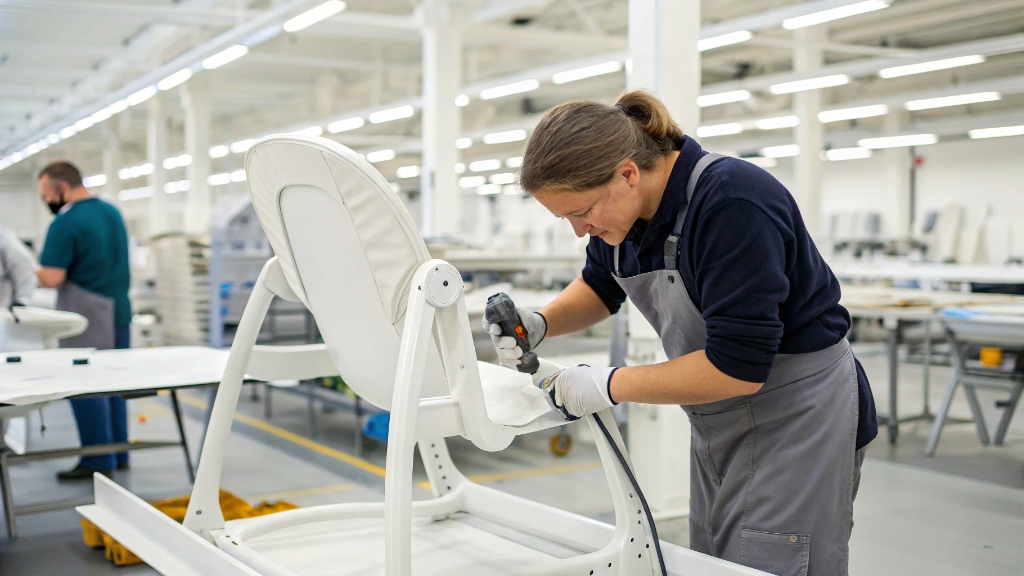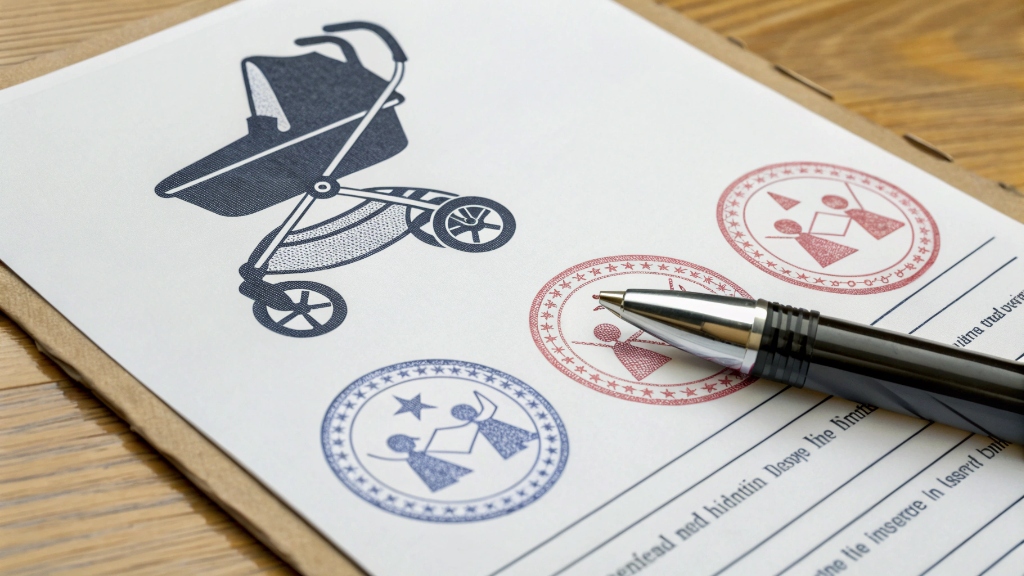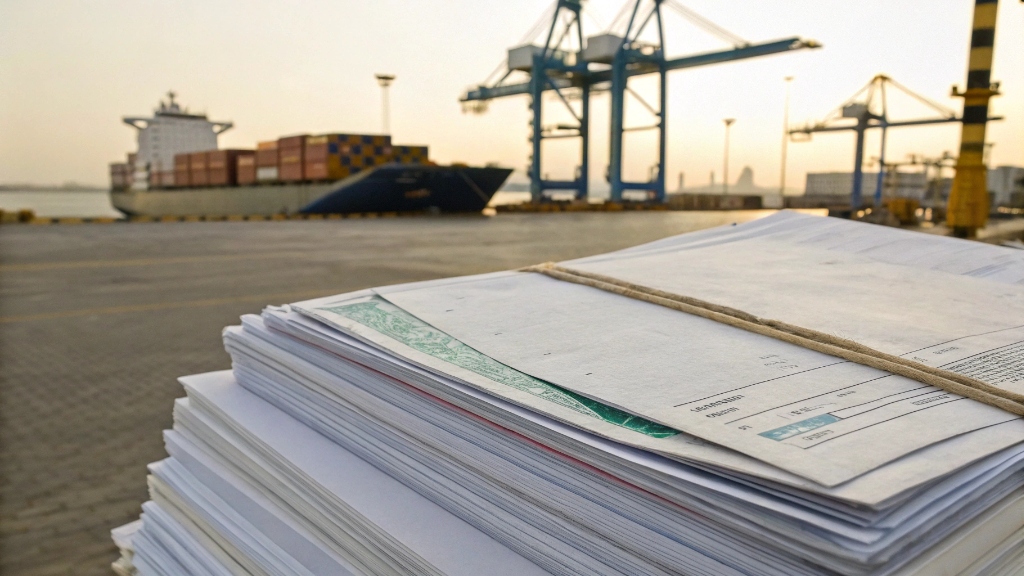Stroller fabrics play a key role in your baby’s comfort and safety. Understanding the different types of fabrics can help you make an informed decision.
Common stroller fabrics include polyester, Oxford cloth, linen, cotton, and nylon. Each fabric offers different benefits and drawbacks.

I’ve spent hours researching stroller fabrics. I wanted something comfortable and safe for my little ones.
What Material Are Strollers Made of?
Beyond the fabric, strollers are constructed from various materials for the frame and other components.
Stroller frames are typically made of aluminum, steel, or plastic. These materials offer varying degrees of strength, weight, and durability.

Common Stroller Materials:
| Material | Pros | Cons |
|---|---|---|
| Aluminum | Lightweight, strong | Can be more expensive than steel |
| Steel | Durable, affordable | Heavier than aluminum |
| Plastic | Lightweight, affordable | May not be as durable as metal |
What Are Prams Made of?
Prams, designed for newborns, often use different fabrics for optimal comfort.
Prams often incorporate soft, breathable materials like cotton or bamboo for the bassinet and lining. The frame materials are similar to strollers.
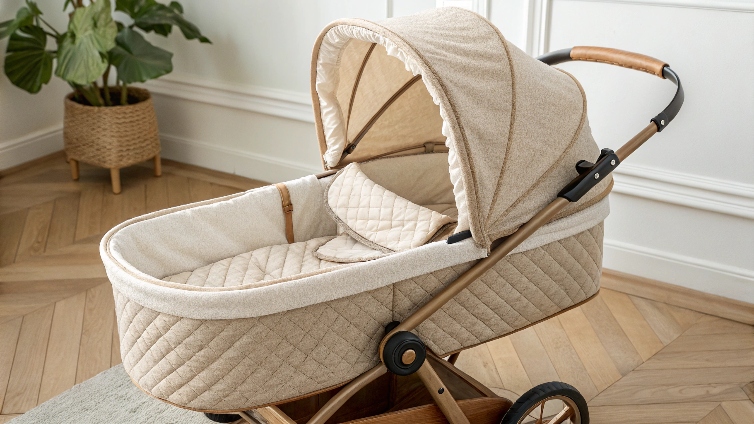
Pram Materials:
- Bassinet/Lining: Cotton, bamboo, other soft fabrics
- Frame: Aluminum, steel, or plastic
Why Are Baby Strollers So Expensive?
Several factors contribute to the cost of strollers. It’s not just about the fabric.
Stroller prices vary based on features, brand, materials, and safety testing. High-end strollers often include advanced safety features, premium materials, and innovative designs.
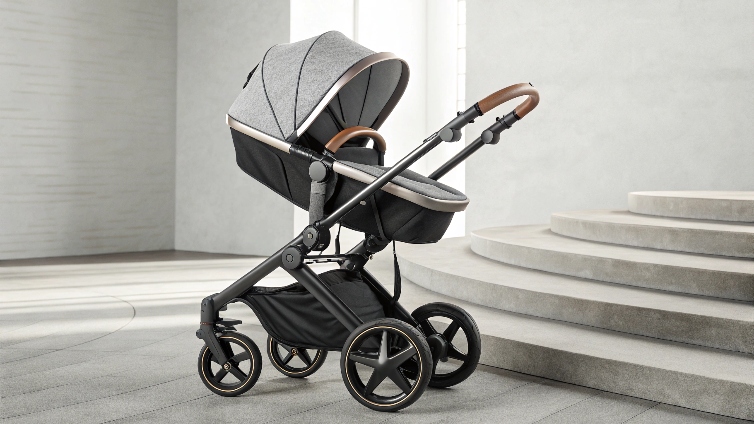
Factors Affecting Stroller Price:
- Safety Features: Advanced safety harnesses, brakes, and testing.
- Brand Recognition: Established brands often command higher prices.
- Material Quality: Premium fabrics and durable frame materials.
- Design and Innovation: Unique features and ergonomic designs.
What Can I Use to Clean Stroller Fabric?
Keeping your stroller clean is important for hygiene. Different fabrics require different cleaning methods.
Most stroller fabrics can be cleaned with mild soap and water. Check the manufacturer’s instructions for specific cleaning recommendations.
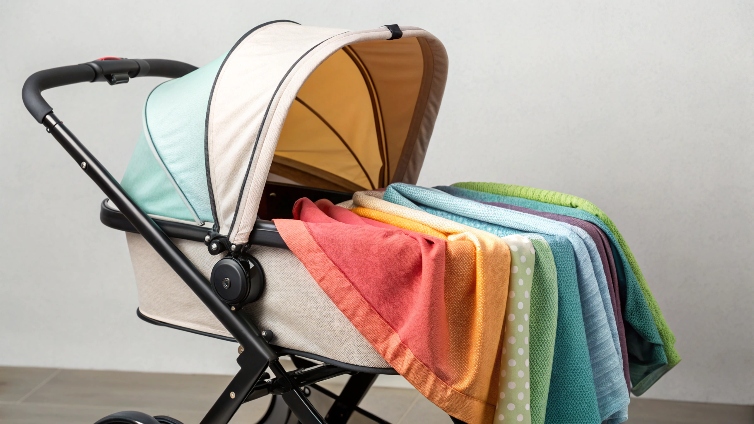
Cleaning Stroller Fabrics:
- Spot Cleaning: Address spills and stains immediately.
- Hand Washing: Remove and hand wash removable fabrics.
- Machine Washing: Check if the fabric is machine washable.
- Mild Detergent: Use a gentle detergent to avoid damaging the fabric.
I always check the care labels before cleaning stroller fabrics. I don’t want to ruin them!
Deep Dive into Stroller Fabric Choices:
Here’s a closer look at some popular stroller fabrics:
300D Polyester/Oxford Cloth: Durable, water-resistant, lightweight, commonly used for outer coverings and storage baskets.
600D Polyester/Oxford Cloth: Even more durable and water-resistant than 300D.
300D Linen: Offers a more natural look and feel.
Cotton: Soft, breathable, and gentle on baby’s skin, ideal for seat liners and areas in direct contact with skin.
Nylon: Strong, water-resistant, lightweight, often used for rain covers and other waterproof components.
I preferred strollers with a combination of fabrics. Durable polyester for the exterior and soft cotton for the interior where my baby would be most comfortable.
Fabric Comparison Chart:
| Fabric | Durability | Water Resistance | Breathability | Comfort | Common Use |
|---|---|---|---|---|---|
| 300D Polyester | High | Moderate | Moderate | Moderate | Outer Cover, Storage |
| Oxford Cloth | High | High | Moderate | Moderate | Outer Cover, Seat Cover |
| Cotton | Low | Low | High | High | Seat Liner, Inner Lining |
| Nylon | High | High | Low | Low | Rain Cover |
| Linen | Moderate | Moderate | Moderate | Moderate | Outer Cover, Seat Cover |
Conclusion
Stroller fabrics vary in durability, water resistance, breathability, and comfort. Choosing the right fabric depends on your needs and priorities. Always check the manufacturer’s instructions for specific cleaning and care guidelines.


